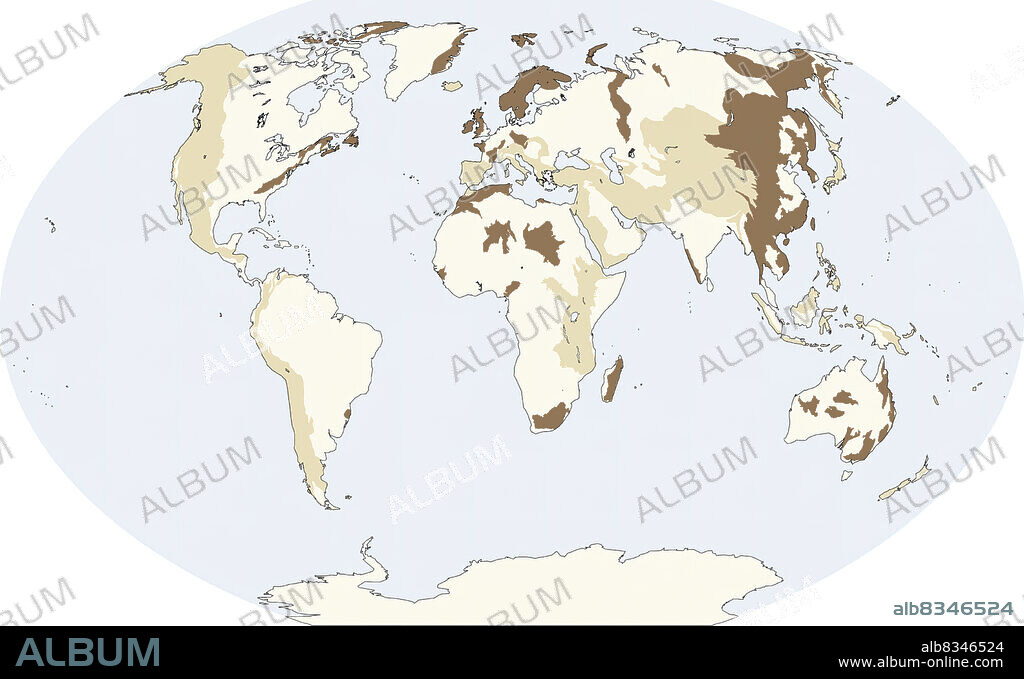alb8346524
The shape of a mountain depends, in large part, on its age. Formed by recent tectonic shocks, the youngest mountain ranges on the planet (Alps, Himalayas, Rockies, Andes, Caucasus) are very jagged, with steep slopes and pointed summits. Most of them have not finished rising, since the slow movements of lithospheric plates continue to reshape the landforms. The Alps, for example, result from an enormous uplift that took place about 50 million years ago, when the Eurasian Plate collided with the African Plate. The oldest mountains (Urals, Appalachians, Australian Cordillera, Drakensberg) look less rugged: they have been smoothed out by erosion, which scrapes material from the slopes and deposits it in the hollows. The Appalachians, created more than 300 million years ago, are among the oldest mountains in the world.

|
Ajouter à une autre Lightbox |
|
Ajouter à une autre Lightbox |



Avez-vous déjà un compte? S'identifier
Vous n'avez pas de compte ? S'inscrire
Acheter cette image

Légende:
Voir la traduction automatique
The shape of a mountain depends, in large part, on its age. Formed by recent tectonic shocks, the youngest mountain ranges on the planet (Alps, Himalayas, Rockies, Andes, Caucasus) are very jagged, with steep slopes and pointed summits. Most of them have not finished rising, since the slow movements of lithospheric plates continue to reshape the landforms. The Alps, for example, result from an enormous uplift that took place about 50 million years ago, when the Eurasian Plate collided with the African Plate. The oldest mountains (Urals, Appalachians, Australian Cordillera, Drakensberg) look less rugged: they have been smoothed out by erosion, which scrapes material from the slopes and deposits it in the hollows. The Appalachians, created more than 300 million years ago, are among the oldest mountains in the world.
Crédit:
Album / Universal Images Group
Autorisations:
Modèle: Non - Propriété: Non
Questions sur les droits?
Questions sur les droits?
Taille de l'image:
3600 x 2201 px | 22.7 MB
Taille d'impression:
30.5 x 18.6 cm | 12.0 x 7.3 in (300 dpi)
Mots clés:
 Pinterest
Pinterest Twitter
Twitter Facebook
Facebook Copier le lien
Copier le lien Email
Email
